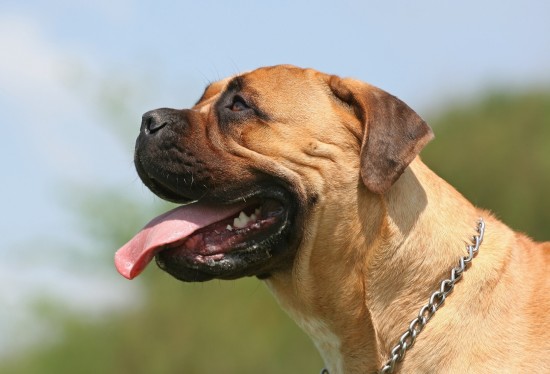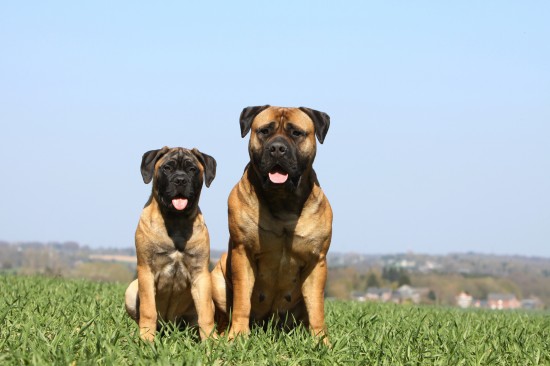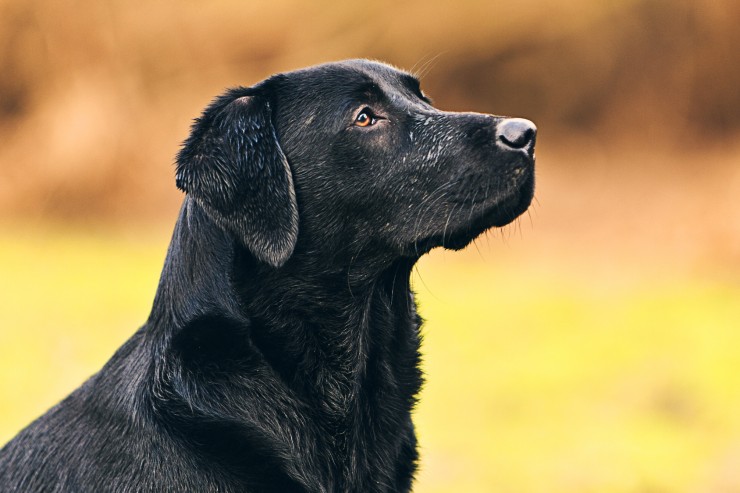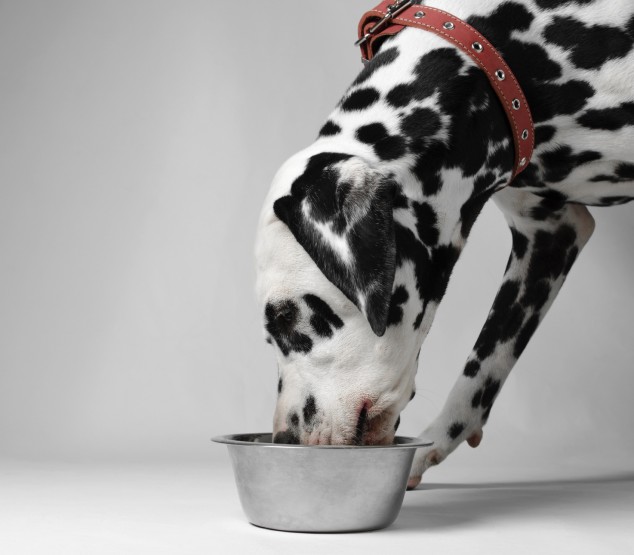


The bullmastiff is a large breed dog of the Molosser type, which was originally developed as estate gamekeeper’s dogs during the 19th century. Sharing bloodlines with both the English mastiff and the Old English bulldog, the bullmastiff achieved formal recognition as a breed in its own right in 1924.
They are large, strong and quiet dogs that are renowned for their reluctance to bark very much, and generally make a good pet for families with larger homes. If you are considering purchasing a bullmastiff or just wish to learn a little more about the breed, in this article we will cover some of the most frequently asked questions about the bullmastiff. Read on to learn more.
The bullmastiff is the quintessential English gamekeeper’s dog, and was widely used within the 19th century to protect estates against poachers. The original bullmastiff breed line was established by crossing the English mastiff with the Old English bulldog, in order to produce a dog that was loyal, strong and physically imposing.
The bullmastiff can fairly be described as one of the best guard dog breeds, as not only are they protective of their families and their territories, they are also intelligent and thoughtful, and will not immediately rush in to a new situation or the approach of somebody displaying overt aggression. They are renowned for applying common sense to new situations, and while they are more than capable of tackling and bringing down a predator, they are highly unlikely to bite and will commonly wait for direction from their owner or handler.
Bullmastiffs are large, strong dogs that have a significant amount of physical bulk to them, and plenty of power behind their movements! However, they bond strongly with their families and are more likely to be loving and protective over children than they are to be dominant or aggressive, and in fact they will put up with a lot of childlike behaviour and overstepping the bounds of their comfort zones calmly and very patiently! However, due to their sheer physical size, they may inadvertently knock over or hurt small children in play, and so should be supervised with younger children.
The bullmastiff tends to be calm and speculative around strange dogs, and is likely to be watchful rather than aggressive. Good socialisation is important, and it is wise to introduce the young bullmastiff to a variety of other dogs in order to get them used to meeting new ones! When properly introduced and managed, the bullmastiff can share their home happily with a cat, and they also enjoy having canine company, and are generally fine to keep with another dog.
Due to the structure of their floppy lips, the bullmastiff does tend to be rather slobbery, but this varies from dog to dog and does not automatically mean that any individual dog will be very sloppy!
The bullmastiff likes to have company, and will sit or sleep quietly for hours when the family is home, simply enjoying being a part of family life. They are also happy left on their own, providing that they are not expected to entertain themselves for unreasonable amounts of time. They are docile and quiet and love to be loved, and generally fit well into most households without a problem.
They require at least two reasonably long walks per day, but do not have particularly strenuous exercise requirements.
The bullmastiff requires firm, consistent positive reinforcement training, and clear boundaries in terms of what they are permitted to do and what is expected of them. They are more than capable of retaining and executing basic commands, but are unlikely to be able to execute complex or higher level commands. They have a natural instinct for guarding and property protection, and if anything, these traits should be managed rather than developed within the domestic bullmastiff.
Like many large breed dogs, the bullmastiff is not among the longest lived of pets, with an average longevity of seven to eight years. They are also very slow to develop, and continue to grow up until they are over three years old.
The breed is afflicted with some genetically inherited health conditions to some extent, including hip dysplasia, which affects almost a quarter of all dogs of the breed. Elbow dysplasia is another common condition, affecting up to 15% of bullmastiffs, and they are also rather prone to entropion, hypothyroidism and lymphoma.
One particular problem in the bullmastiff gene pool is progressive retinal atrophy or PRA, which is a dominant genetic aberration that leads to progressive and irreversible blindness.
 What Are The Common Reasons Of Giving Your Preference To Dog Boarding?
What Are The Common Reasons Of Giving Your Preference To D
What Are The Common Reasons Of Giving Your Preference To Dog Boarding?
What Are The Common Reasons Of Giving Your Preference To D
 Five Of The Easiest Dog Breeds To Train
Five Of The Easie
Five Of The Easiest Dog Breeds To Train
Five Of The Easie
 We Love Custum Made Dog Collars So Much, We Gave Them Dramatic Names
We Love Custum Made Dog Collars So Much, We Gave Them Dram
We Love Custum Made Dog Collars So Much, We Gave Them Dramatic Names
We Love Custum Made Dog Collars So Much, We Gave Them Dram
 What Happens If Your Pet Is Referred To A Specialist Or Referral Centre?
What Happens If Y
What Happens If Your Pet Is Referred To A Specialist Or Referral Centre?
What Happens If Y
 Why Does My Dog Cough When Eating?
Why Does My Dog C
Why Does My Dog Cough When Eating?
Why Does My Dog C
Copyright © 2005-2016 Pet Information All Rights Reserved
Contact us: www162date@outlook.com